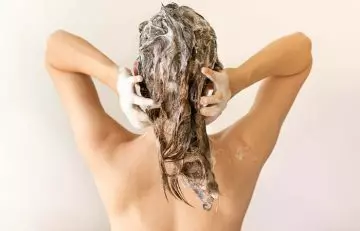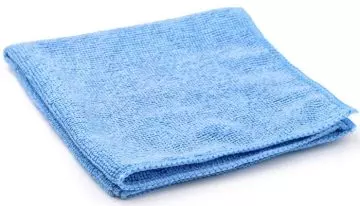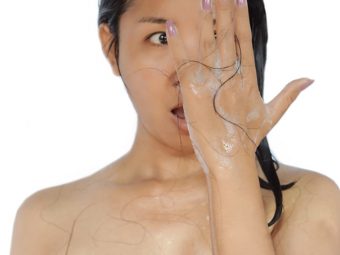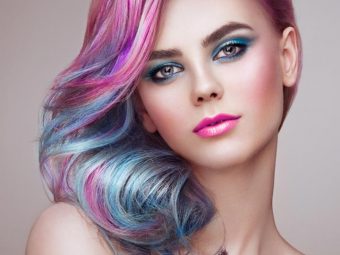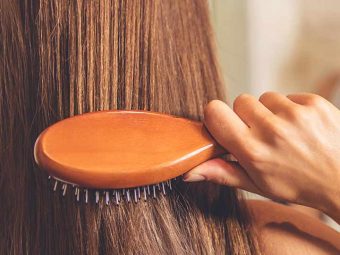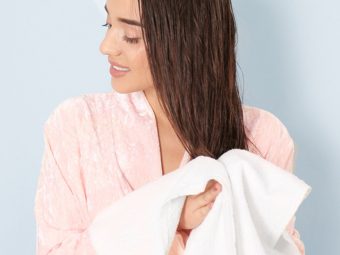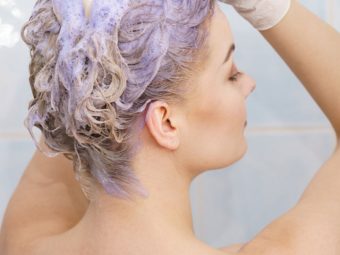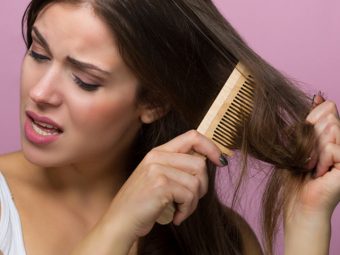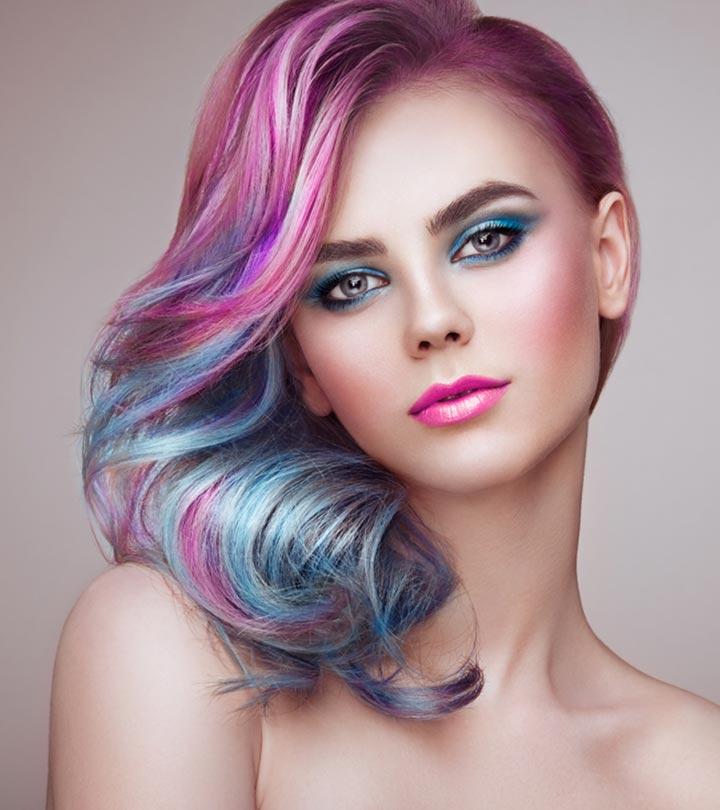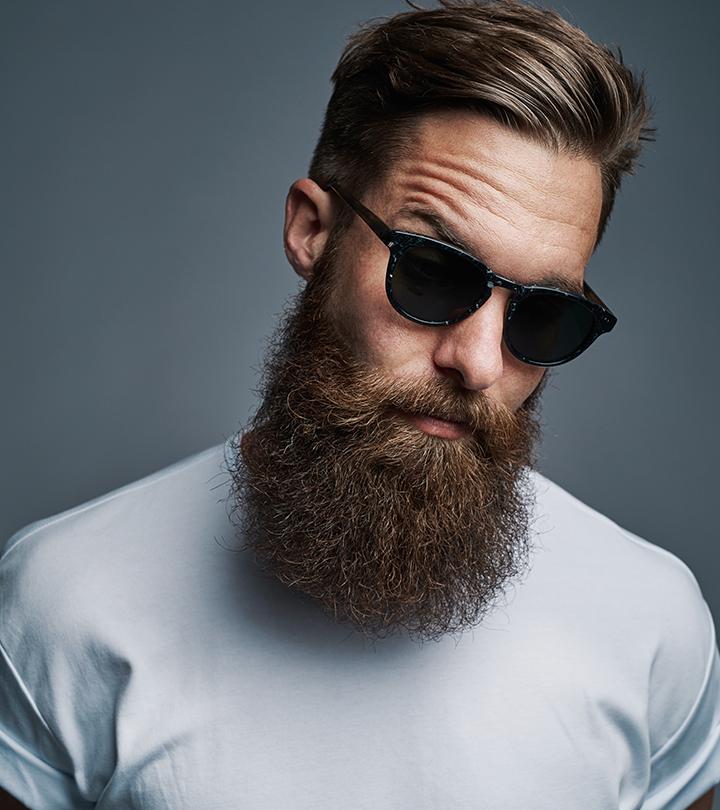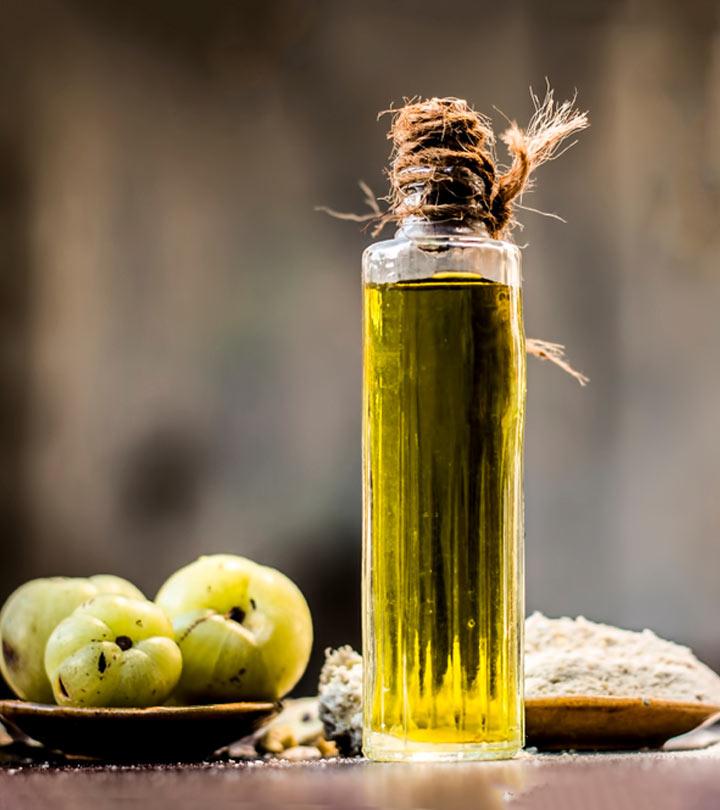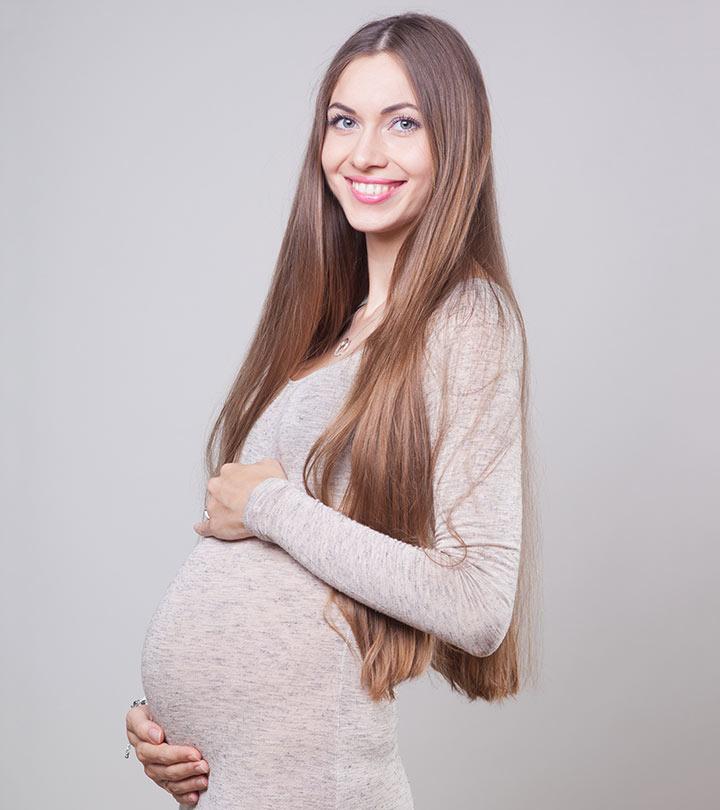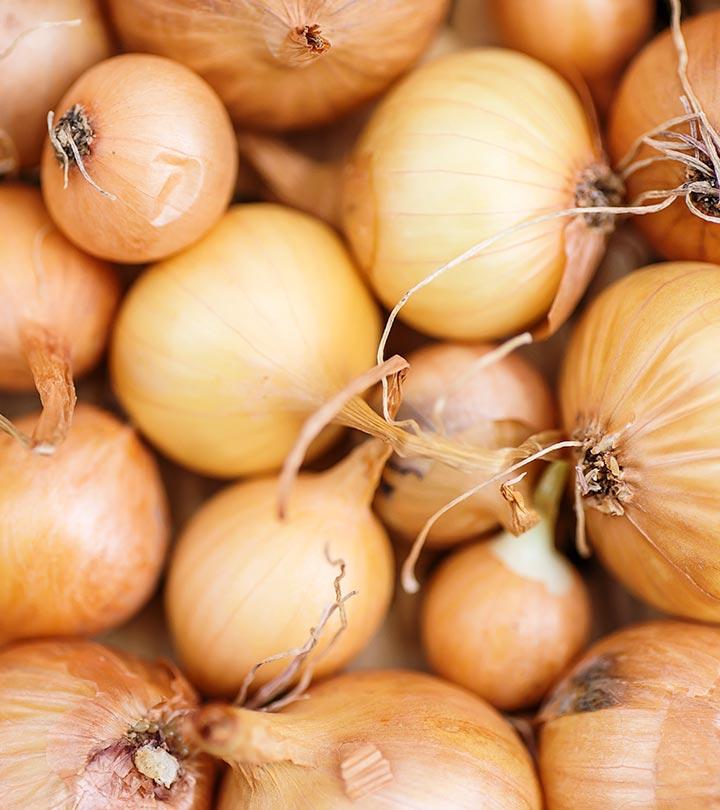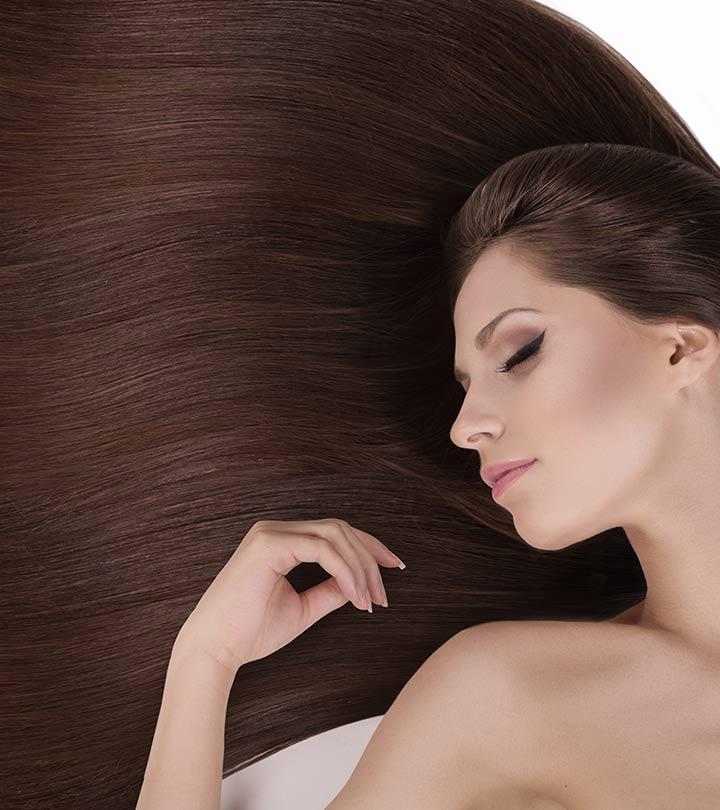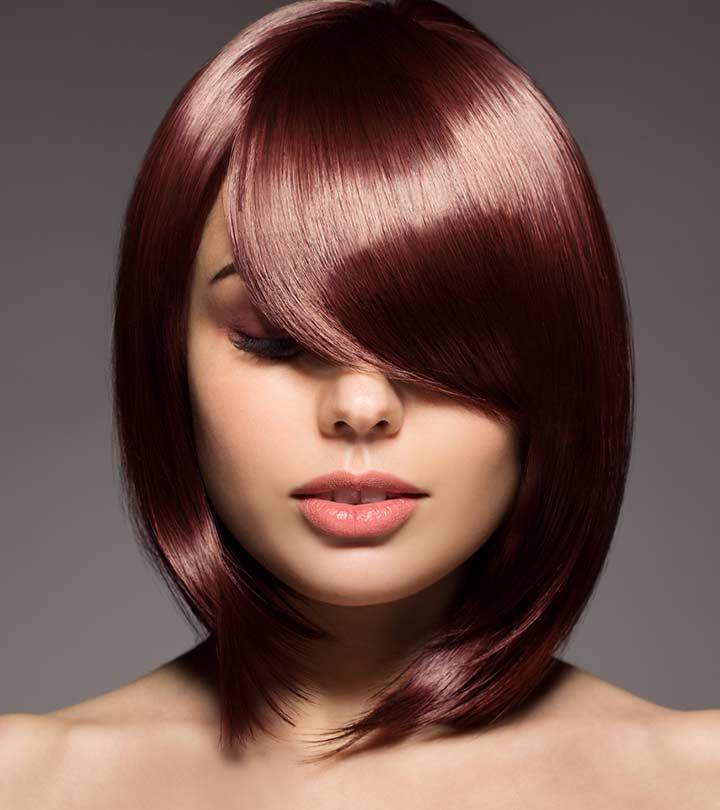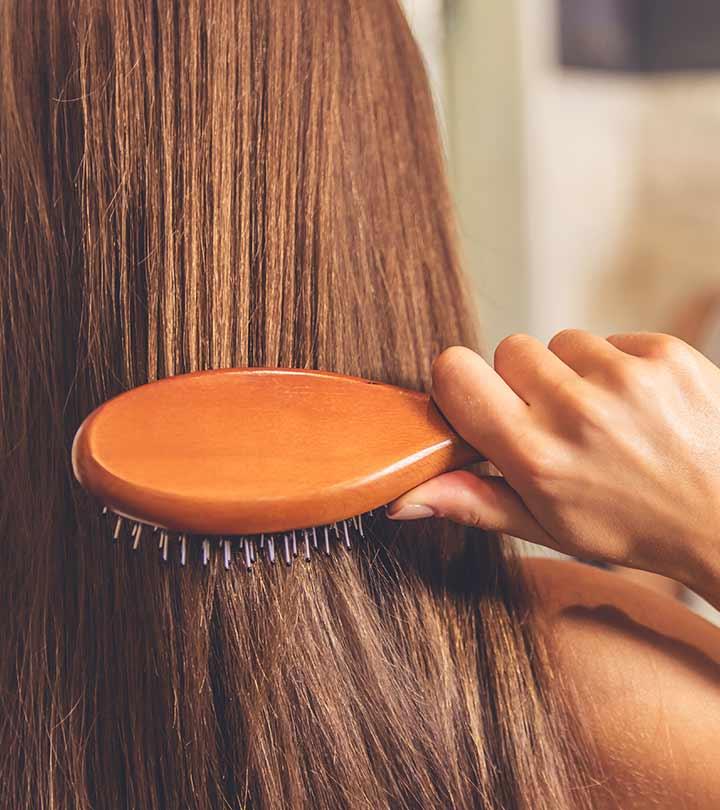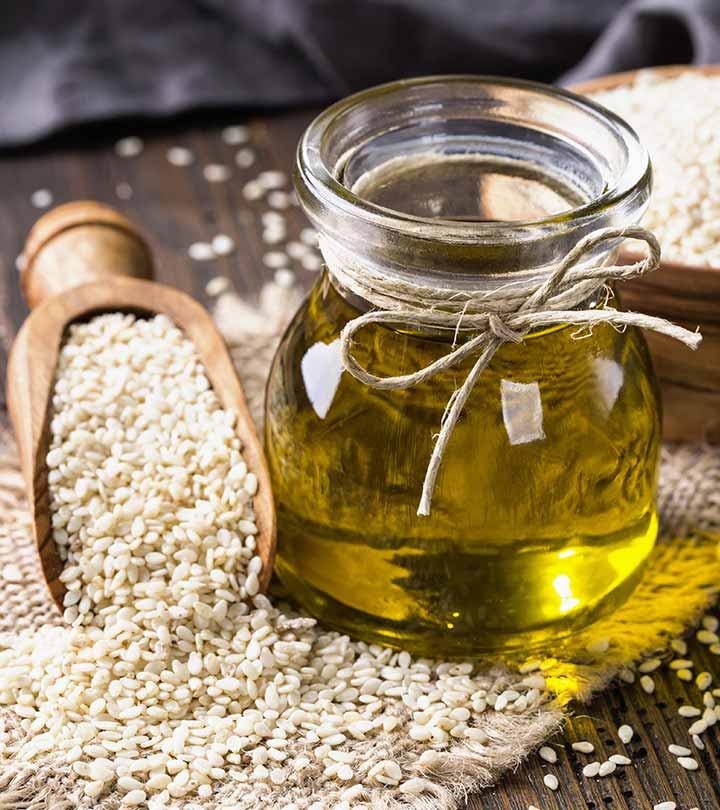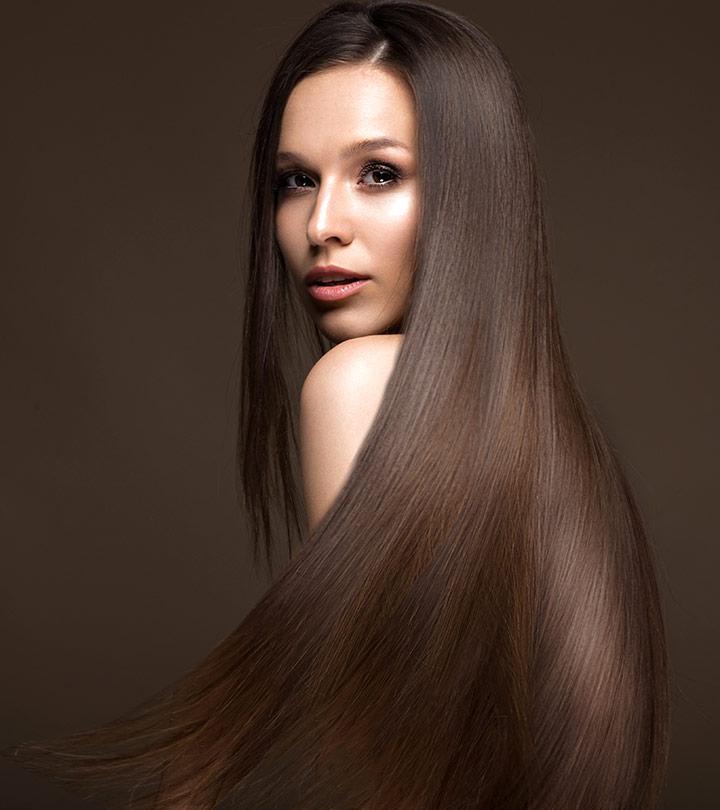How To Take A Shower The Right Way To Keep Your Hair Healthy
Some useful hair wash tips and tricks to maintain your hair texture!
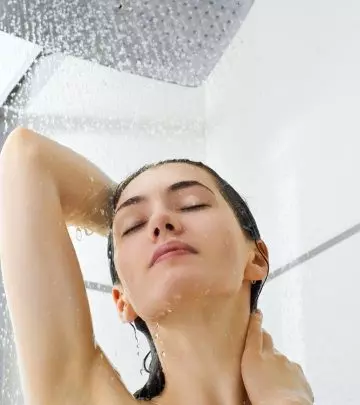
Image: Shutterstock
Showering is a common activity that everyone engages in on a regular basis. It’s a quick, effective, and rejuvenating way to clean up. Looking for tips on how to shower properly? You are in the right place! Most women have a certain style of shampooing their hair that they learned as children and never change, even as they become older. While there’s nothing intrinsically wrong with sticking to a certain hair-washing schedule, the issue arises when it starts to harm your hair. For example, you may believe you have split ends or damaged hair as a result of a problem with the hair products you use, so you switch them out only to have the issue continue. Make a few tweaks to your hair washing technique and drying regimen, and you will see a difference in your hair within a few days. So, here are some of the best shower tips for keeping your hair healthy and strong. Check them out!
In This Article
1. Tips For Shampooing
- Steam your hair before shampooing it: The pores on your scalp are often clogged with oil and dirt.. The best way to cleanse them away is by steaming your hair. To do so, soak a towel in hot water and wring out the excess water. Wrap this towel around your head and leave it on for 20 minutes before jumping into the shower.
- Massage steamed hair before shampoo: After steaming your hair, gently massage your scalp with your fingers for a few minutes. Scalp massages can help loosen up the dirt and buildup and also root out the weak hair strands from your scalp.
- Use cool or lukewarm water: You know how they say using heat styling tools on your hair too frequently can damage it? Well, the same holds true for hot water. Water temperature is very crucial in keeping your hair healthy. The heat from hot water can strip off natural oils and leave your hair cuticles open, thus allowing all the moisture to escape from it. On the other hand, washing it with cool or lukewarm water can help close the cuticle and lock in the moisture, thus giving you shinier and smoother locks. It can also help reduce frizz.
- Use paraben and SLS free shampoo: I’m sure you must have heard some buzz about how you need to start using shampoos that are free of sulfates (SLS) and parabens. While parabens are added as a preservative, SLS helps in forming a lather. Both these chemicals have long been known to cause skin irritation and allergic reactions (1). But recent studies have found that parabens can also be carcinogenici XA substance that has the potential to cause cancer. and an animal study has linked sulfates with severe eye damage (2), (3). So, it’s best to use organic shampoos that are SLS and paraben free and suit your hair type. Use color-protectant shampoo when taking a shower for colored hair.
- Apply shampoo only on the scalp: The purpose of shampoo is to cleanse and remove the dirt, dead skin cells, and product buildup from your scalp. Rubbing shampoo on the lengths of your will only strip it of its natural oils and leave it looking dry, dull, and lifeless. So, take a quarter-sized amount of shampoo and massage it into your roots and scalp until it lathers up.
- Gently massage while shampooing: When lathering the shampoo, gently massage your scalp with your fingers, moving in a circular motion. This easily cleanses away the dirt from your scalp. The massage will also help improve the blood circulation to your hair follicles and boost hair growth (4).
- What to do with hair after the shower: The massage will also help improve the blood circulation to your hair follicles and boost hair growth.
- Don’t wash your hair daily: Most shampoos contain chemicals that can make your hair extremely dry and brittle if used daily. So, it’s best to wash your hair no more than twice or thrice a week to maintain its health and optimum moisture level. Gabriella, a YouTuber, shared her experience of washing her hair daily and how it affected its health. She says, “See, when I was younger, and was beginning to be nagged about showering daily, I didn’t know that you weren’t supposed to wash your hair every day. I didn’t realise that it strips your hair of essential oils. I just didn’t know the damage that it could do (i).” The blogger added that the frequent washing of her hair made her curls unruly.
- Do not stretch shampooing time: Your hair is in its most fragile state when it’s wet. So, ideally, you should reduce your shower time and shampoo and condition your hair within 15 minutes of wetting it to keep damage and breakage at a minimum.
 Quick Tip
Quick Tip2. Tips For Conditioning

- Condition your hair with oil before shower: To stop frizzy hair after shower, a good way to condition and moisturize your hair the natural way is to massage it with hair oil. Massage some coconut, almond, or olive oil onto your hair and scalp an hour before you wash it. This oil will penetrate your hair shaft and nourish it from within to give you softer, shinier, and frizz-free hair (5).
- Towel dry before conditioning: This step may sound a bit tedious to you but it’s what you need to get frizz-free hair after showering. Towel drying soaks up excess water from your hair. After shampooing your hair, wrap a towel around your head and then apply conditioner. The conditioner will get absorbed into your towel-dried hair much more easily and prevent it from frizzing up. Similar to a sponge, the less water is absorbed into the hair the more room there is in the hair to absorb hydrating conditioner.
- Don’t use too much conditioner: Applying too much conditioner will weigh your hair down and make it look super greasy and difficult to keep hair straight after a shower.
- Do not apply conditioner on the scalp: You’ve probably already heard this a million times, but I’m still going to reiterate it once more – don’t apply conditioner to your scalp. This is because it will form a build-up on your scalp and clog your pores, leading to reduced hair growth and increased hair fall. If you do apply to the scalp, be sure to thoroughly rinse it out. Applying conditioner to the scalp is like applying washable lotion to dry skin. If the scalp is dry, put conditioner on it but be sure to rinse it out well.
- Don’t leave the conditioner in for too long: If you think leaving the conditioner on your hair for extra time will moisturize your hair more, then you are dead wrong. Conditioners work quite instantaneously when the wet hair cuticle is swollen and open. So, there’s no way that the conditioner can penetrate further than it already has when you first apply it. In fact, leaving the conditioner on for too long can actually make your hair greasy.
- Deep condition every two weeks: You need to deep condition your hair at least every 2 weeks, especially if you have curly or kinky hair as these hair types tend to dry up pretty quickly.
3. Tips For Drying
- Microfiber towel/Cotton t-shirt: You may not be aware of this, but terrycloth towels soak out the moisture from your hair while removing excess water, thus leaving it dry. Besides, the texture of these towels can also frizz up your hair and cause breakage. A better option would be to use either a microfiber towel or a cotton t-shirt that is gentler on your hair and doesn’t strip all the moisture out of it.
- Don’t aggressively rub your hair while drying it: A majority of women either rub their hair vigorously with a towel or coil it up in a towel hat to dry hair after shower. Both of these methods of drying hair are disastrous as they cause knotting, frizzing, and breakage (6). The correct way is to use a cotton t-shirt or a microfiber towel to gently pat dry your hair to remove all the excess water and let it air dry the rest of the way.
- Avoid using a blow dryer: The heat from a blow dryer can damage your hair and cause split ends the same way that other heat styling tools do (7). So, it’s best that you avoid using one as much as possible. However, if you absolutely need to use a blow dryer to dry your hair, then it’s best to use it in a low-heat setting.
4. Tips For Detangling
- Detangle when there’s conditioner in your hair: Another great way to avoid losing too much hair is to detangle your hair in the shower after you’ve applied conditioner to it. Just run a wide-toothed comb – not a brush! – through the lower half of your hair to remove all knots and tangles easily.
- Detangle your hair when it’s semi-dry: If you lose huge clumps of hair when you’re brushing it, it’s probably because you’re doing it right after you step out of the shower this will break the hair. Your hair is delicate and most prone to breakage when it is wet (6). So, don’t just pick any comb or brush and start detangling your delicate tresses. Wait until your hair is about 70% dry before you detangle it with a boar bristle brush or a wide-toothed comb. Though it is safe to brush your hair when it is completely dry.
 Quick Tip
Quick Tip[ Read: Best Hair Care Tips And Ticks ]
5. Some More Things To Keep In Mind
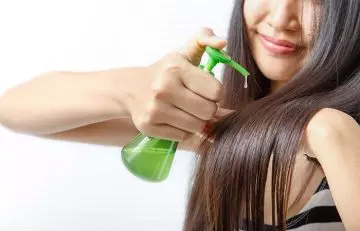
- Apply a leave-in conditioner after drying your hair: If the question “How to get rid of frizzy hair after a shower?” has nagged you throughout your life, here’s an answer to it. Just apply a bit of leave-in conditioner or smoothening serum after your hair has dried partially. If you have particularly dry hair, make sure you use a product that is alcohol-free as alcohol dries out your hair even more.
- Limit using hair care products: Avoid applying too many hair styling products like hair sprays, moussesi XStyling foam that can offer hold and definition to your hair. , gels, etc on your hair as they tend to build upon your hair and scalp, clog your pores, and ultimately lead to poor scalp health and hair fall. Wear nourishing hair masks to deeply rejuvenate your scalp health and improve follicle growth.
- Keep showers short: Try to get in and out of the shower as quickly as possible because the longer your hair is sopping wet, the longer it is in its fragile, breakable state.
According to a 2020 survey, submitted by 5533 US adults, 62% person preferred using a separate shampoo and conditioner, 27% used an all-in-one shampoo/conditioner product, 4% did not use any of the two, 3% answered “don’t know”, and 4% either did not have hair or they did not wash their hair.
 Quick Tip
Quick TipLet’s get into the details of in general, how long a person should take a shower. Scroll down to know.
How Long Should A Shower Take?
An average shower should last around 8-12 minutes. Ideally the length of your shower depends on your hair and skin type. When it comes to hair, the weaker or more damaged your hair is, the shorter your showers should be. Water makes hair more porous and open to damage. For dry hair, a quick hair wash with a mild shampoo followed by applying conditioner, leaving it for 5 minutes, and then rinsing it off, is ideal. Those with oil hair may need a little longer as their hair might require double application of shampoo to thoroughly remove greasiness. When it comes to skin health, those with dry skin should limit their shower time to 10 mins max. Those with oily skin should limit their shower time to 10 minutes, then exfoliate their skin with a body scrub to properly remove excess oil, followed by a rinse.
Infographic: Easy Tips To Showering The Right Way To Keep Your Hair Healthy
Washing your hair the wrong way can have a huge impact on your hair hygiene and hair health. That is why making small yet significant changes in your routine will benefit your hair in the long run. To help you out, we have rounded up a few simple tips for showering the right way to keep your hair shiny and healthy. Check out the infographic below to know more! Illustration: StyleCraze Design Team
Once you learn how to shampoo, condition, dry, and detangle your hair properly, you will see a significant improvement in your hair health. Making these minor changes may not show you immediate results but, over time, they will benefit your hair greatly. Some of these showering tips may appear to be very simple but make all the difference to your hair care. For example, washing your hair with lukewarm water and limiting the amount of hair products you use. Don’t blindly take our word for it! Scroll back up and check out the science behind each of these tips to really know how effective they are.
Frequently Asked Questions
What are the benefits of using a pre-shampoo treatment before washing your hair?
Pre-shampoo treatment may help nourish your hair, moisturizing the scalp and hair to protect against split ends and breakage.
How can you tell if you’re using too much shampoo or conditioner?
The best way to know if you are using too much shampoo is to check how much it lathers. If the foam is too much and not rinsing off smoothly, chances are that you are using more than necessary. Too much conditioner can make your hair greasy and weighed down. A dime-sized amount of shampoo and a quarter-sized amount of conditioner works fine for most people. You may need more if the water is hard.
What are some natural ingredients that can be used in place of commercial hair products?
You can use coconut oil, almond oil, or olive oil for pre-shampoo conditioning. Occasionally you may use fruit hair masks made of cucumber as their antioxidants may help prevent premature graying, hair fall, and dryness (8).
Can taking too many hot showers lead to damage to your hair?
Yes, taking too many hot showers can damage your hair. Hot water can make your hair frizzy and your scalp flakey as it strips off the moisture and natural oils from your hair and scalp. You may also observe getting brittle hair and an itchy scalp. So, make sure you wash the shower with lukewarm water and use a leave-in conditioner to moisturize your locks.
What is the difference between using a clarifying shampoo and a regular shampoo?
Cleansing shampoos are formulated with chelating agents to deeply cleanse the impurities from your scalp and hair due to pollution of hard water minerals. Regular shampoos contain fewer surfactants and mildly cleanse hair and scalp while nourishing your hair.
You should use clarifying shampoo occasionally while regular shampoo can be used daily followed by a moisturizing conditioner
Key Takeaways
- Never apply your shampoo directly to the hair length, as it can strip it of its natural oils.
- Avoid applying conditioner to your scalp to prevent build-up that can lead to increased hair fall.
- Always detangle your hair when it is semi-dry to avoid breakage.
- You can use a leave-in conditioner or smoothening serum on damp hair for extra nourishment.
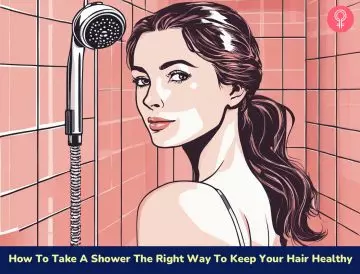
Image: Stable Diffusion/StyleCraze Design Team
Avoid common hair-washing mistakes and keep your hair naturally frizz-free with the help of this insightful video. Discover tips and techniques for maintaining smooth, manageable hair. Watch now!
Personal Experience: Source
StyleCraze's articles are interwoven with authentic personal narratives that provide depth and resonance to our content. Below are the sources of the personal accounts referenced in this article.
(i) Addicted to washing my hairhttps://gabriellahope.blogspot.com/2016/03/addicted-to-washing-my-hair.html
References
Articles on StyleCraze are backed by verified information from peer-reviewed and academic research papers, reputed organizations, research institutions, and medical associations to ensure accuracy and relevance. Read our editorial policy to learn more.
- Periorbital Allergic Contact Dermatitis – The Most Common Allergens in the Czech Republic
https://clinmedjournals.org/articles/ijocr/international-journal-of-ophthalmology-and-clinical-research-ijocr-4-074.php?jid=ijocr - Combinations of parabens at concentrations measured in human breast tissue can increase proliferation of MCF-7 human breast cancer cells
https://analyticalsciencejournals.onlinelibrary.wiley.com/doi/10.1002/jat.2850 - Effect of Sodium Lauryl Sulfate (SLS) on the External Adnexia of the Rabbit Eye
https://www.researchgate.net/publication/283659181_Effect_of_Sodium_Lauryl_Sulfate_SLS_on_the_External_Adnexia_of_the_Rabbit_Eye - Effects for Scalp Blood Flow and Properties from Scalp Massage
https://www.researchgate.net/publication/305293718_Effects_for_Scalp_Blood_Flow_and_Properties_from_Scalp_Massage - Hair cosmetics: an overview
https://pubmed.ncbi.nlm.nih.gov/25878443/ - A study of damaged hair
https://www.researchgate.net/publication/265285712_A_study_of_damaged_hair - Hair Shaft Damage from Heat and Drying Time of Hair Dryer
https://www.ncbi.nlm.nih.gov/labs/pmc/articles/PMC3229938/ - Anatomy Hair
https://europepmc.org/article/nbk/nbk513312






